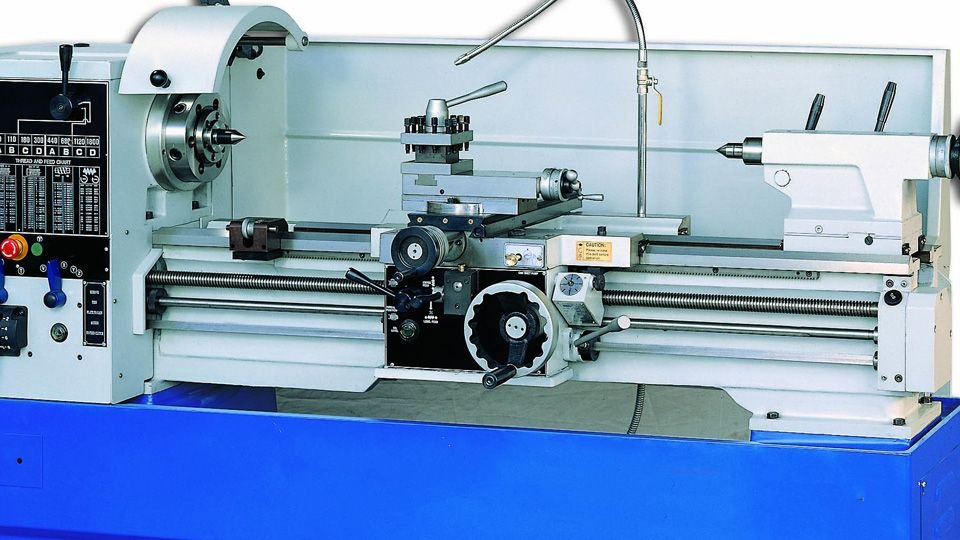What is CNC Turning?
CNC turning is a relatively quick and versatile process of using a computer numerical control to turn a piece of material, typically metal, into a finished product. It can be used to create a wide variety of shapes and sizes, from small to medium sized parts with a high degree of accuracy. And it’s widely used for a variety of applications, such as creating parts for machines or automobiles.
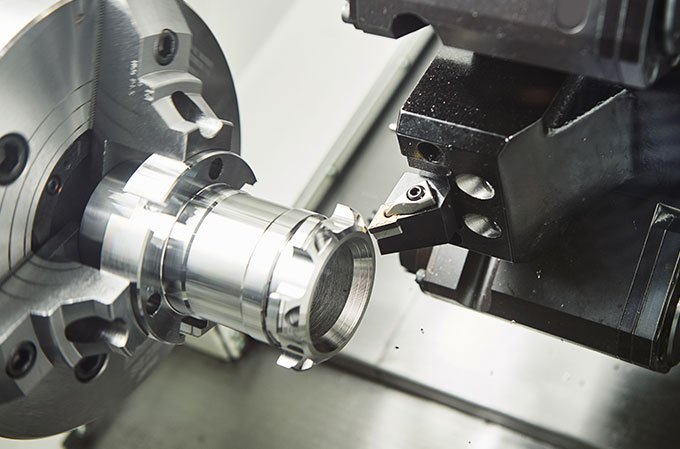
How CNC Turning works?
CNC turning is a common machining process used to produce parts with cylindrical geometries. The process involves holding a workpiece in a lathe and rotating it while cutting tools remove material to shape the desired geometry.
Most CNC turning operations are performed on metals, but the process can also be used for plastics.
Types of Turning Lathes
There are three main types of turning lathes: engine lathes, turret lathes and automatic lathes.
Engine lathes are the most common type of lathe. They are used to create cylindrical parts with a high degree of accuracy. Engine lathes have a headstock that is mounted on a bed. The headstock has a spindle that the workpiece is mounted on. The headstock also has a tailstock that is used to support the workpiece. The workpiece is rotated by the spindle and is fed through the headstock and tailstock by a carriage.
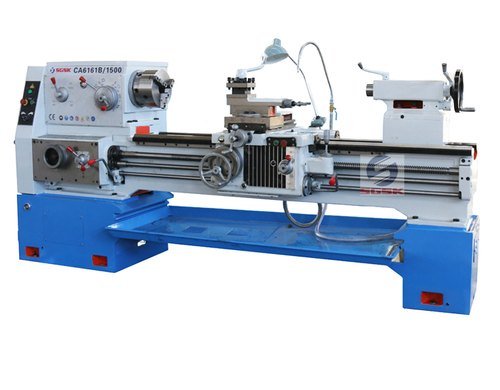
Turret lathes are used to create larger parts with more complex shapes.They have a turret that is mounted on a bed. The turret has a spindle that the workpiece is mounted on. The turret also has a tailstock that is used to support the workpiece. The workpiece is rotated by the spindle and is fed through the turret and tailstock by a carriage.
Automatic lathes are used to create small, intricate parts with a high degree of accuracy. Automatic lathes have a spindle that the workpiece is mounted on. The spindle is mounted on a carriage that is fed through a headstock and tailstock. The workpiece is rotated by the spindle and is fed through the headstock and tailstock by the carriage.
At Shanghai Elue, we have 10 sets automatic lathes and they run 24hours non-stop.
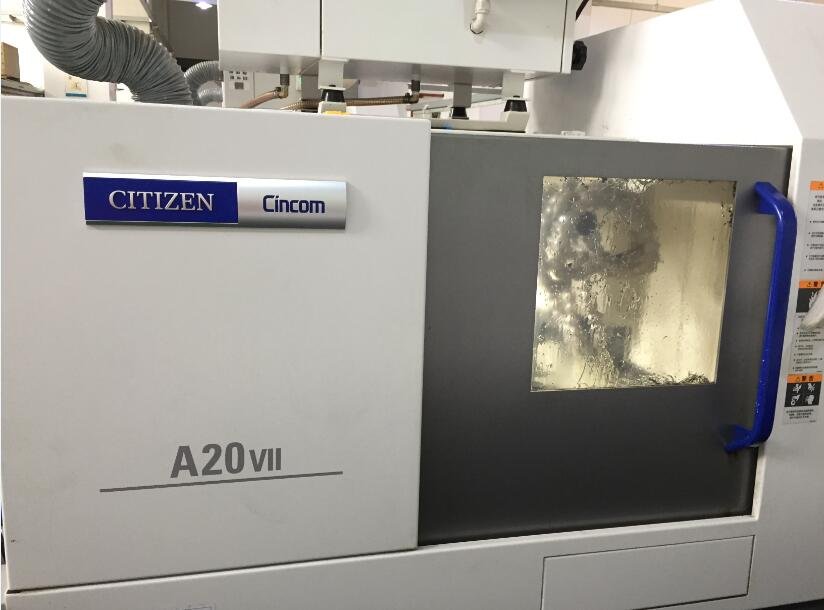
CNC Turning Materials
There are many types of materials to choose from for your CNC turning projects, including 50+ metals and plastics. Below are some most commonly used materials for CNC turning services. If what you want is not listed below, please feel free to ask. We are always here to be your service.
Aluminum 2024,Aluminum 5052,Aluminum 5083, Aluminum 6063, Aluminum 6061, Aluminum 6082, Aluminum 7075
Brass C360/ 260, C932
Copper C110/ C101
Titanium Grade 2 and Grade 5
Alloy Steel 4130/ 4140; Tool Steel D2/ A2;
Mold Steel P20/718/NAK80/DC53; Mild Steel 1018/1045/A36
Stainless Steel 17-4,18-8, 416, 420;
Stainless Steel 303, 304/304L, 316/316L
ABS, Nylon, POM, PEEK, PMMA, PTFE, HDPE, Polycarbonate, etc
CNC Turning Services: Work With Shanghai Elue
We have a proven track record of delivering outstanding results for our clients.
We use the latest technology and state-of-the-art equipment to produce accurate, high-precision turning parts for various metals and plastics. Whether you need a few rapid prototyping parts or several thousand, we can handle your project with ease.
We offer competitive pricing and quick turnaround times, so you can get the parts in time.
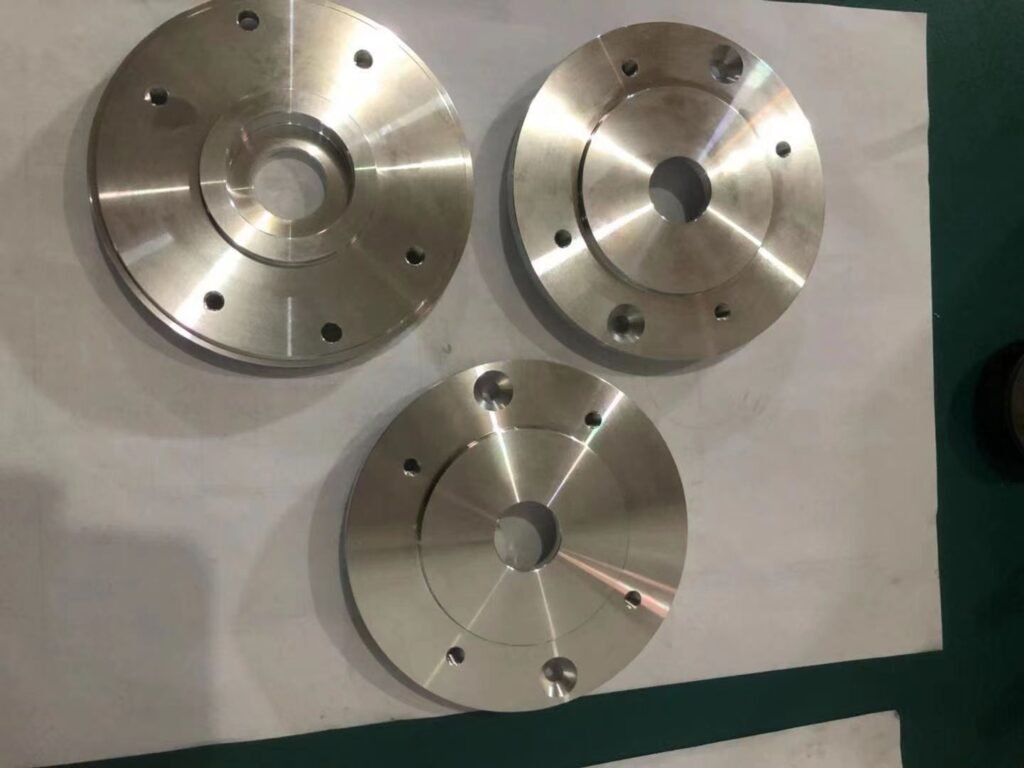
CNC Turning Tolerances
单击 “编辑” 按钮更改此文本。这是测试文本。
Applications of CNC Turning
Shanghai Elue is an expert for custom CNC turning services, and our turning parts are widely used in many sectors like medical, electronics, automotive, high-tech, machinery, semiconductor, aerospace, etc.

Electronics Industry

Medical Industry

Automotive Industry

Aerospace Industry
Advantages of CNC Turning

Better accuracy
CNC Turning machines are able to produce parts with extremely tight tolerances, which is often critical in the manufacture of precision components.

Increased Productivity
CNC Machines can produce parts much more quickly than traditional methods. This increased productivity can lead to significant cost savings.

Greater Flexibility
With CNC turning, it is possible to quickly and easily change the design of a part without having to make expensive tooling changes.

Repeatability
CNC turning machines offer a high degree of repeatability. This is due to the fact that the same process is carried out each time the machine is operated. The only thing that changes is the position of the workpiece. This means that there is very little variation in the end product.

Better Safety
CNC turning is a much safer process than manual turning. This is because the operator is not in direct contact with the cutting tools. There is also less chance of human error when using a CNC machine.

High Efficiency
CNC turning machines can create products at a fraction of the time it would take to produce those same products manually.
CNC turning also eliminates much of the wasted material that is inherent in manual machining processes.
Different Operations involved in CNC Turning
Turning
Turning is a machining process in which a cutting tool, typically a non-rotary tool bit, describes a helix toolpath by moving more or less linearly while the workpiece rotates.
Facing
Facing is the process of machining surfaces that are at right angles to the axis of the workpiece. Facing can be performed on the outer diameter of a cylindrical workpiece or on inner diameters (boring). The face of a workpiece may be machined flat, at an angle, concave, or convex.
Threading
Threading is the process of creating a screw thread. There are many methods of generating threads, including subtractive methods (many kinds of thread cutting and grinding, as detailed below); deformative or transformative methods (rolling and forming; molding and casting); additive methods (such as 3D printing).
Grooving
Grooving is the process of machining a groove into a workpiece. Grooves are generally used to accommodate round operating elements, such as splines or tenons, by providing a coaxial bearing surface.Drilling is a cutting process that uses a drill bit to cut a hole of circular cross-section in solid materials.
Drilling & Tapping
Drilling & Tapping is a process where holes are drilled into a workpiece and threads are cut into the walls of the hole. This is done using a combination of drilling and tapping operations. The drill bit is used to create a hole of the appropriate size, while the tap cuts threads into the side of the hole.
Reaming
Reaming is a finishing operation performed with a multi-point cutting tool. The reamer is used to enlarge the size of an existing hole to a precise diameter. This process is typically used when the tolerances are very tight and a smooth finish is required.
CNC Turning Frequently Asked Questions
For all machined parts, whether CNC Turning or milling, they have got a wide selection of surface finishes including: as-machined standard finish(Ra1.6-3.2), Smooth finish Ra0.8, Anodizing (including Type II mainly for cosmetic use and Type III hardcoating), Polishing, Beadblasting, Powder coating, Painting, Black oxide, Plating, Brushing, etc. If you can’t decide what surface finishes to choose from, our engineering will guide you in the right direction depending on the application and materials of your parts.
If not specially requested, we’ll make it done as per the general tolerance standard DIN ISO 2768-2. But If you have the right tolerance on the drawings, we’ll make it done exactly as per requested. Be sure to provide pdf files if you need some special tolerances.
CNC turning is a good choice for all rotary parts with high precison or complex shapes, from rapid prototyping, small batches volume, to even mass production orders. at Shanghai Elue, the maximum parts OD for our turning lathes is 2.0″, and the OD can be as small as 0.1″. If you can’t decide, please feel free to upload your drawings to ask.
To make it simple, CNC turning is applied for cylindrical parts, and the workpiece will rotate to cut while the tools keep still; for CNC milling, the tools will rotate to cut the workpiece, it’s a very useful machining process for more complex parts.

